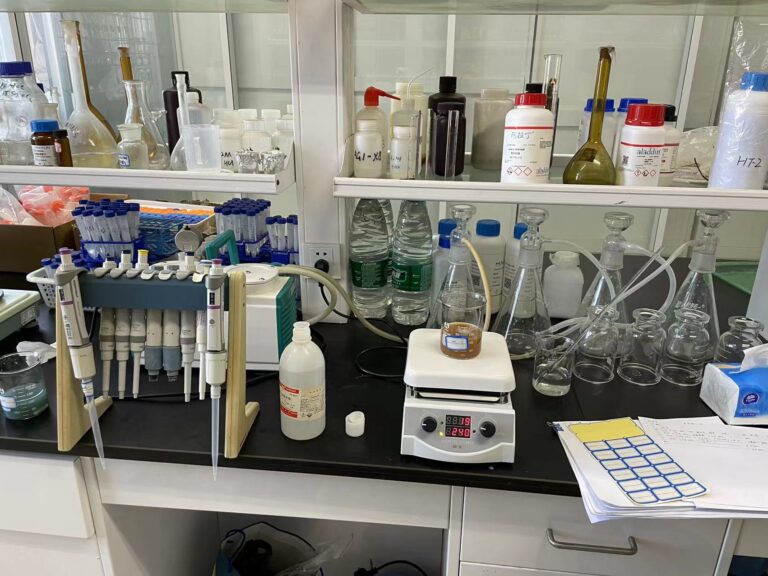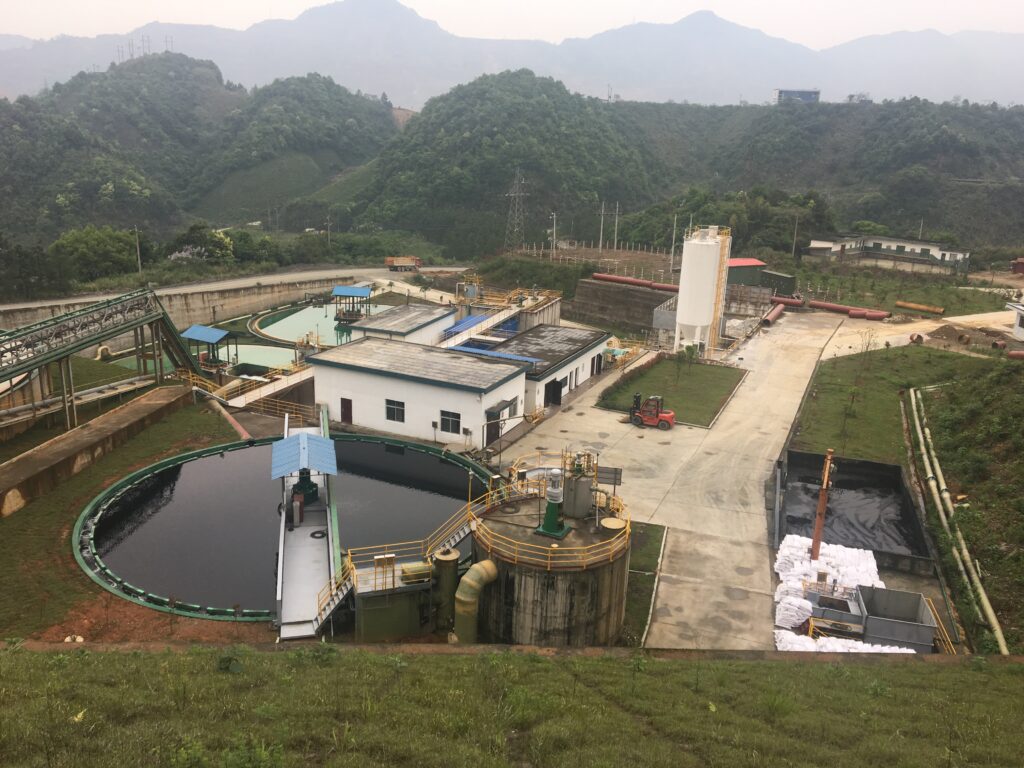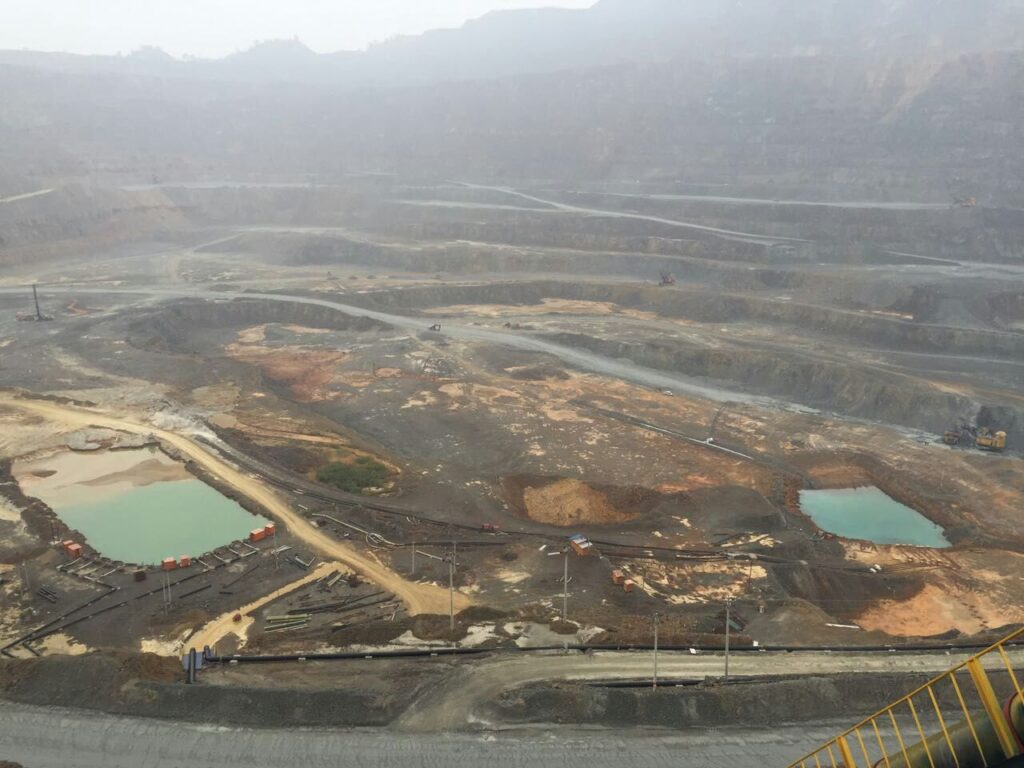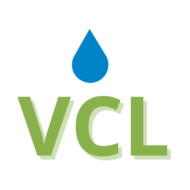Recent Activities
The Virtual Curtain (VC) technology, as exclusively licensed by the CSIRO to Virtual Curtain Limited (VCL), is a versatile contaminant removal and stabilisation method which was developed by the CSIRO to:
(i) encapsulate in a three-dimensional barrier (the Virtual Curtain) contaminated ground water (subsurface setting), and
(ii) to neutralise and remove a wide range of toxic contaminants from mining waste waters and industrial waste waters (surface setting).
Recently, VCL engaged with several existing and new entities looking for solutions to the management and disposal of mining and industrial plant waste waters for which other existing technologies were deemed either unsuitable or cost prohibitive.

Australia
During 2021 laboratory-scale and on-site trials were commenced at the large-scale Granny Smith Gold Mine in Western Australia, wastewater remediation study proposals were initiated at the Hercules poly metallic mine in Tasmania and Mt Piper power station in Queensland.
The Granny Smith Gold Mine hyper saline (>100 g/L dissolved salts) mine pit water treatment prospect has advanced considerably since 2020/2021. Substantial laboratory trials of the VC technology have been completed and demonstrate a major reduction of key contaminants held in the Granny Smith Gold Mine pit water. Granny Smith Gold Mine has advanced this project internally producing a flowsheet and costing individual components required to implement the VC process.
In addition, it is possible that a VC pilot-scale testing unity will be shipped to the mine site to undertake proof of concept trials. With an anticipated treatment volume of approximately 20 GL this constitutes a flagship potential project for VCL and also important given many other hyper saline mine pit waters of similar composition are present and require treatment elsewhere in Australia.
Goldfields, owner of the Granny Smith Gold Mine is also an international mining house such that implementation of the VC technology would clearly demonstrate the treatment efficacy of both fresh and no why persaline contaminated mine pit waters internationally.
United States of America
In the US, trials are underway to evaluate the performance of the VC technology as a reverse osmosis (RO) pre-treatment and post-treatment methodology to reduce silica and hardness from both RO pre-treatment waste waters and for RO reject waste waters.
Recently, VCL as part of a larger consortium including the CSIRO, Du Pont, and Jacobs, an international environmental consulting company and the State University of New Mexico (NMSU) were invited to submit a proposal to treat groundwater and agricultural return water produced in Arizona.The proposal funding body, the National Alliance for Water Innovation (NAWI) is an initiative supported by the US Department of Energy.
A Confidentiality Agreement has also been signed with NMSU to examine other application of the VC technology including the treatment of shale gas (fracking) waste waters produced from the Permian Basin in Arizona / Texas.
China
Continuous flow, onsite pilot-scale trials were run at scales ranging from 1 cubic metre per day to 150 cubic metres per day, commencing in 2020 and continuing into 2021 at the CNNC 272 facility. This progress is being facilitated by a Chinese partner / investor in Virtual Curtain China Limited (VCCL), VCL’s China licensee.
At the CNNC tailings dam wastewater remediation project, VCL has run multiple on-site trials from bench top scale through to pilot-scale to validate and demonstrate:
The efficacy of the HT technology;
The upscaling simplicity of the HT technology;
The ability to treat wastewater in a continuous flow environment with minimal capital cost;
The indicative capital costs to design and build a full-scale treatment plant;
Provide plant operating and maintenance costs to the client.
The results of experiments were validated by continuous monitoring of wastewater by daily analysis of wastewater inputs and plant outputs. This analysis demonstrated that waste water output deliverables to the clients’ expectations can be achieved in a continuous flowing environment. Periodic reports were prepared and delivered to the client so that trials progress could be monitored and comprehensive, final reports were prepared for the client to summarise outcomes from multi-month, continuous flow pilot-scale trials.
Tianjin coal to chemicals plant
At Tianjin in China, successful pilot-scale testwork confirmed the applicability and cost-effectiveness of the VC technology to treat coal to chemicals plant industrial wastewater for the removal of silica and hardness reduction. Despite significant construction delays during the year due to COVID-19, a new, purpose-built treatment plant incorporating the VC technology has been constructed although implementation has been delayed due to COVID-19 related issues. As with CNNC 272, this project constitutes a major, close to implementation phase wastewater treatment opportunity in China.
Dexing Copper Mine
At the large-scale Dexing Copper Mine in China, site visits and laboratory-scale trials have been conducted to assess the applicability of the VC technology to be integrated into the existing wastewater remediation methodologies employed to provide additional cost-effective solutions to manage and remediate acidic mine drainage waste waters and to remove metals metalloids and COD from processing plant process water for re-use.



